Renewables will continue to play a primary role in the clean energy transition, especially in Asia Pacific. Collaboration between stakeholders will be key in accelerating the deployment of renewables and in driving investment opportunities for clean energy projects. New technologies in this space will need to be supported by policies for a smoother integration of renewables into the energy system.
The SIEW Energy Insights Webinar, held in partnership with Sustainable Energy Association of Singapore (SEAS) on 24 August, examined these pressing issues, with industry experts sharing their views on the role of policies, technology innovation and industry partnerships to scale up clean energy adoption.
SEAS Chairman Edwin Khew opened the session by highlighting the importance of having a regional platform for stakeholders in the sustainable energy community to collaborate, innovate and develop commercially viable clean energy projects—and support Singapore’s ambitions to become Asia’s clean energy hub.
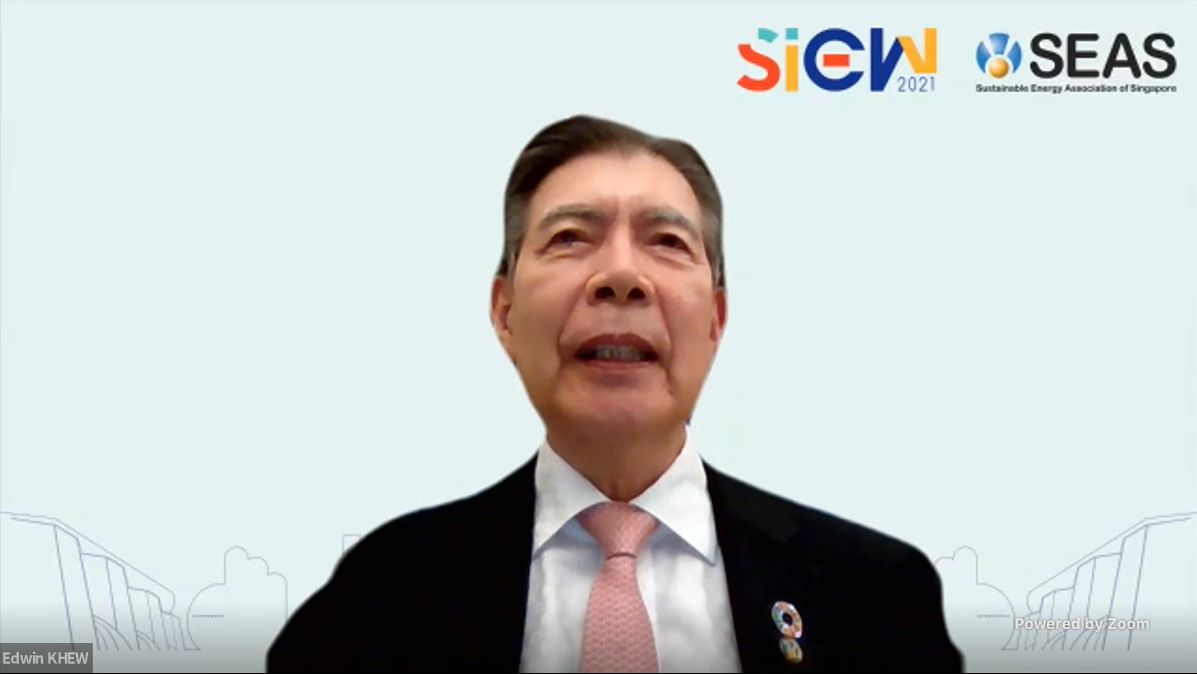
Describing how SEAS members have been promoting sustainability through the use of renewable energy, Mr Khew added: “Our goal is to encourage companies and thought leaders to come together to discuss new business models and innovative ideas for building a future world powered by clean energy, so that we can mitigate the effects of climate change.”
Key developments driving Portugal’s sustainable growth trajectory
In his keynote address, H.E. Dr João Galamba, Deputy Minister and Secretary of State for Energy, Portuguese Republic, shared his insights on how renewables can help pave the way for a carbon-neutral economy. He described Portugal's sustainable growth trajectory as one founded on “a more competitive and resilient development growth model” that will also give rise to new employment opportunities and wealth creation.
H.E. Dr Galamba said: “The path to a carbon-neutral economy requires joint action in several strategic areas, with priority given to energy efficiency, greater diversification of energy sources, increased electrification, reinforcement and modernisation of infrastructures, market stability and investment, reconfiguration and digitalisation of the energy markets, and incentives for research and innovation.”
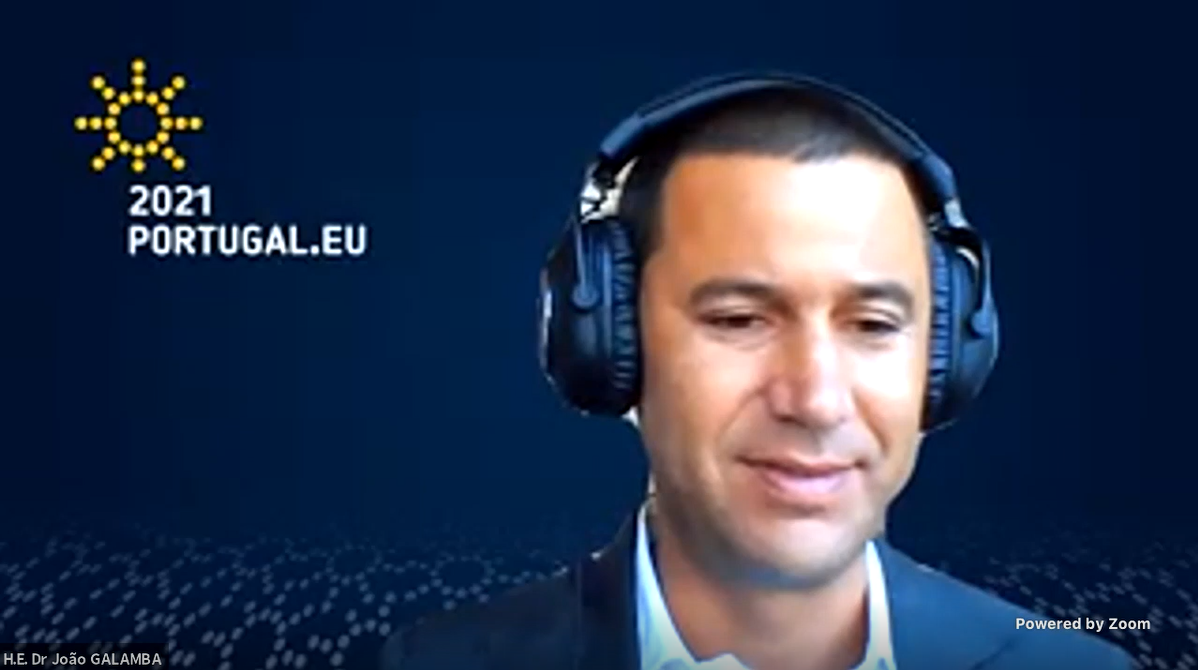
Turning to the market potential of renewables, H.E. Dr Galamba highlighted that Portugal’s solar auctions in 2019 and 2020 have demonstrated the competitiveness of renewable electricity—with both tenders setting records for the lowest solar tariff price. Wind energy will also continue to be one of the main sources of electricity for Portugal.
While mature technologies such as wind and solar photovoltaics (PV) developments are paving the way for the energy transition, offshore wind systems are seen as an emerging technology with strong market potential. H.E. Dr Galamba added that another key area for Portugal is the development of a hydrogen economy, with green hydrogen as an energy carrier in sectors where electrification is not feasible.
An energy transition grounded in renewables and clean technologies
Dolf Gielen, Director of the Innovation and Technology Centre at the International Renewable Energy Agency (IRENA), provided a broader picture of global clean energy adoption, drawing insights from IRENA’s World Energy Transitions Outlook: 1.5°C Pathway report.
Mr Gielen outlined the three pillars underpinning IRENA's 1.5°C Pathway: More renewables on the supply side; the electrification of end-use sectors, especially transportation; and improving energy efficiency. He added that these three pillars combined can account for about 70% of global decarbonisation.
Technology innovation has contributed vastly to falling renewable energy costs over the past 10 years. Mr Gielen pointed out that IRENA's latest cost assessment showed that global averages for power generation costs for solar and wind technologies continue to fall in 2020.
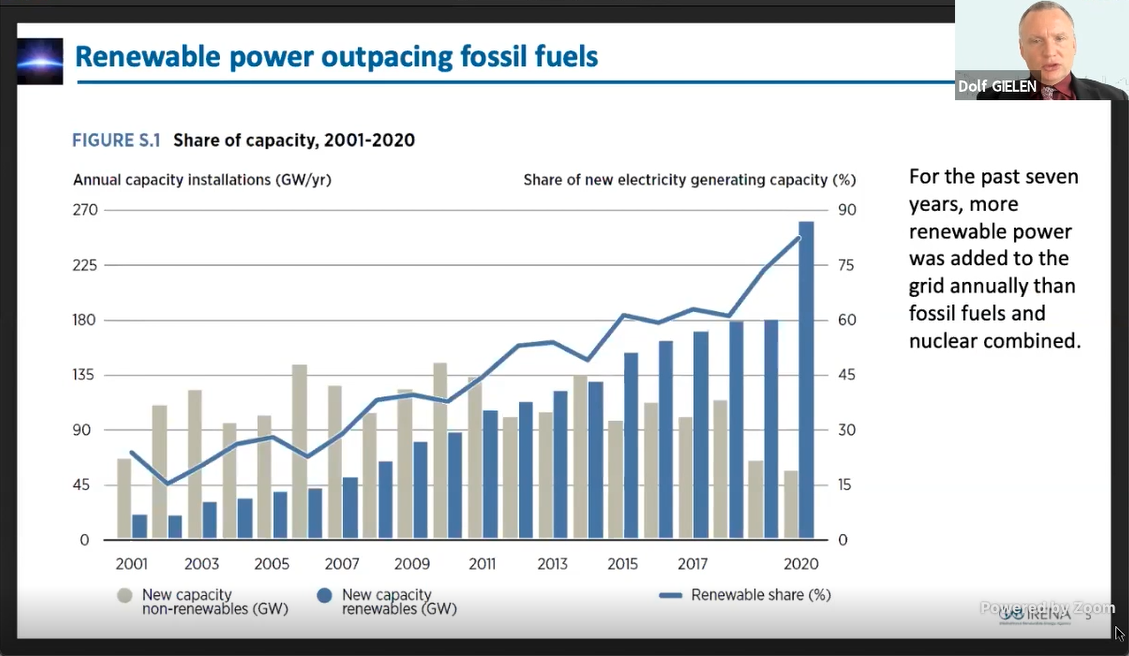
“We've come to a stage where renewables have become the cheapest form of power generation, and that is driving the global uptake,” he added.
The ramping up of renewables capacity will require a systemic approach to enhance energy system flexibility—and create the enabling infrastructure to integrate solar and wind power. Mr Gielen noted that while enabling technologies such as batteries and green hydrogen are key to enhancing flexibility, what's equally important are adjustments in terms of market design and new business models to accommodate distributed energy resources.
A collaborative approach to accelerate clean energy adoption
In a wide-ranging panel discussion moderated by Justin Wu, Head of Asia-Pacific at BloombergNEF, speakers from DNV, the U.S. Trade and Development Agency (USTDA), and the World Bank Group, joined H.E. Dr Galamba and Mr Gielen to exchange views on the strategies, partnerships and policy support needed to promote clean energy deployment in Asia.
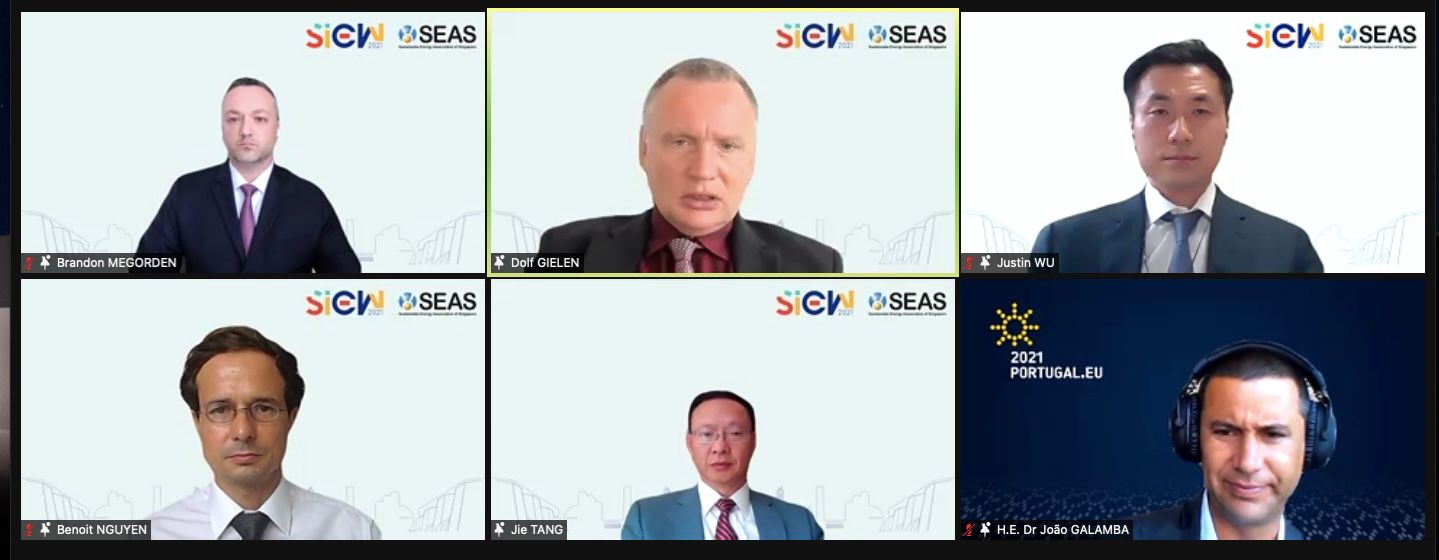
Citing BloombergNEF research, Mr Wu led off with his observations on the accelerated pace of renewable energy deployments in Southeast Asia, with around $19.4 billion of renewable energy investments made in the region during 2020—about five times the amount in 2019.
Mr Gielen of IRENA concurred that the rapid uptake of renewables in Southeast Asia is encouraging, with solar PVs, offshore wind power, and the significant hydropower resources yet to be developed in the region as key factors driving the future energy outlook. He added that the right policy support will be a key enabler of future clean energy developments.
Similarly, in an audience poll conducted, having more robust policy frameworks was ranked as the most important priority for driving innovation in clean energy.
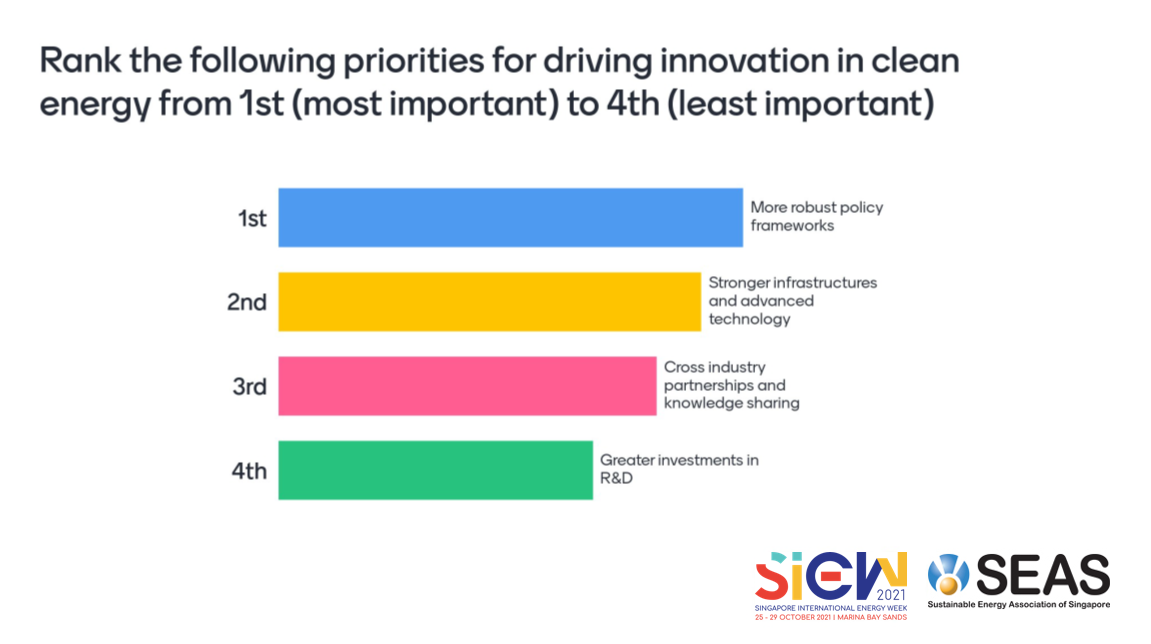
Jie Tang, Practice Manager for the Energy and Extractive Global Practice, World Bank Group, addressed the issue of the reliance on coal power generation in Asia. “Particularly in Indonesia, the Philippines and Vietnam, the coal power capacity is still huge. The main reason is energy security, and the intermittency in renewable energy remains an issue," said Mr Tang, adding that concessional financing has a pivotal role to play in supporting these countries in their efforts to decarbonise the energy sector.
On the topic of opportunities for renewables in the region, Benoit Nguyen, Head of Department, Renewables APAC, Energy Systems at DNV, noted that Southeast Asian countries are quite rich in renewable energy sources. As renewables penetration increases across the region, the development of smart grids, energy storage systems and lithium-ion batteries must keep pace to meet decarbonisation targets.
Brandon Megorden, Regional Manager for Asia at USTDA, discussed the role of strategic partnerships to realise the full potential of clean energy deployment—and how the USTDA operates as an “on-demand project preparation facility”, providing early-stage support for a wide range of projects.
“We are seeing an increase in project requests for distributed power generation, looking at developments such as renewable mini-grids in the Philippines and Indonesia, or hybrid power systems, integration of energy storage in new markets. It provides new opportunities for us to blend resources from different partners to support large-scale projects – such as wind and geothermal - that may have a lot of risks and upfront costs,” Mr Megorden said.
Hydrogen related questions were commonly raised by the audience in the webinar. Addressing the topic of hydrogen, H.E. Dr Galamba highlighted his optimism on the opportunities for stronger collaboration to drive decarbonisation and accelerate clean energy projects such as hydrogen on a global basis.
“We are working with relevant world economies who want to position themselves as frontrunners to create the conditions for long-distance transportation and trade of green hydrogen and build the financial support mechanisms to kickstart the critical elements of a functioning hydrogen economy. We can commit to more ambitious targets, but this requires international cooperation,” H.E. Dr Galamba said.
SIEW 2021 is just around the corner, find out about the exciting agenda for the week-long event here!
Register for SIEW 2021 now and receive regular updates in the lead-up to the event on 25-29 October!